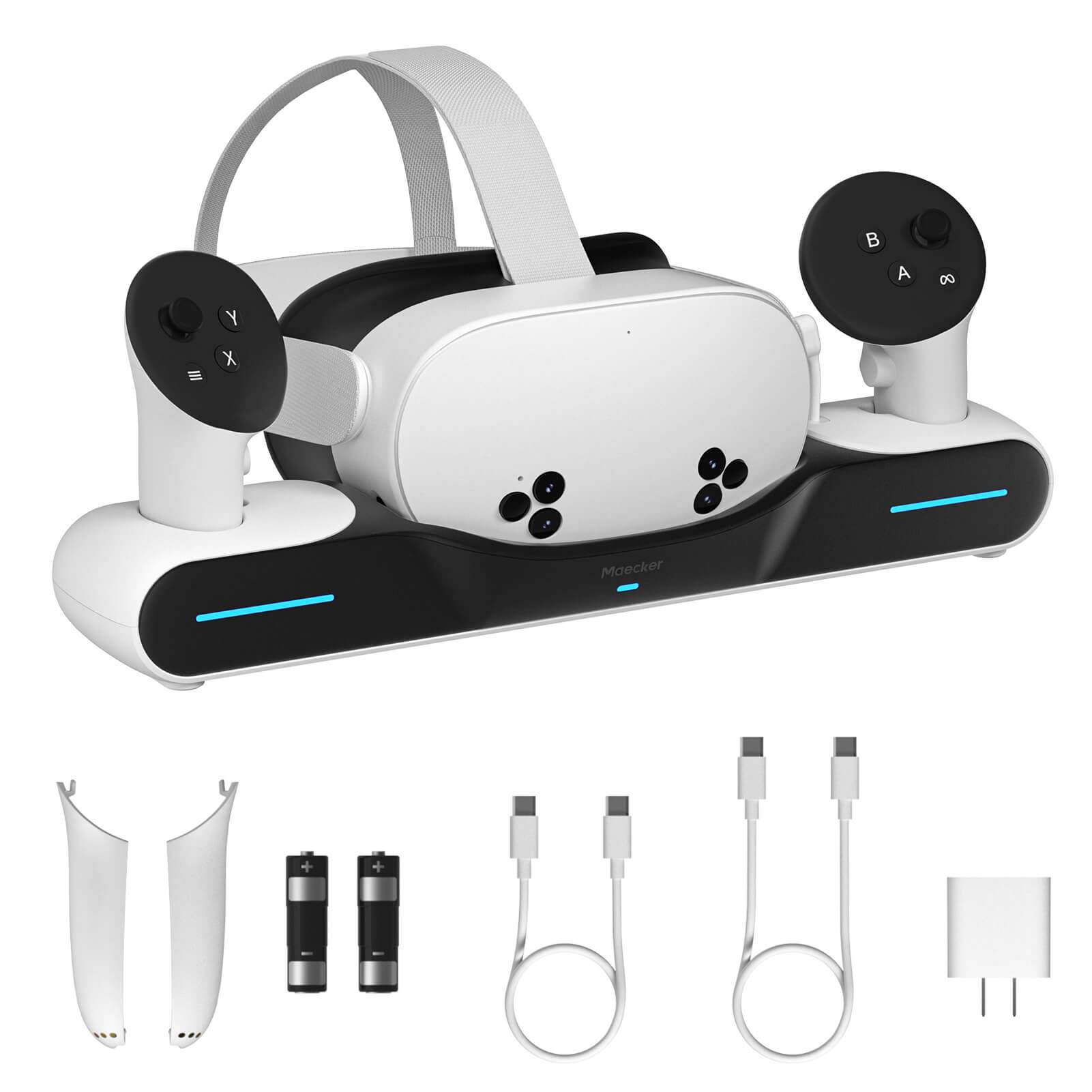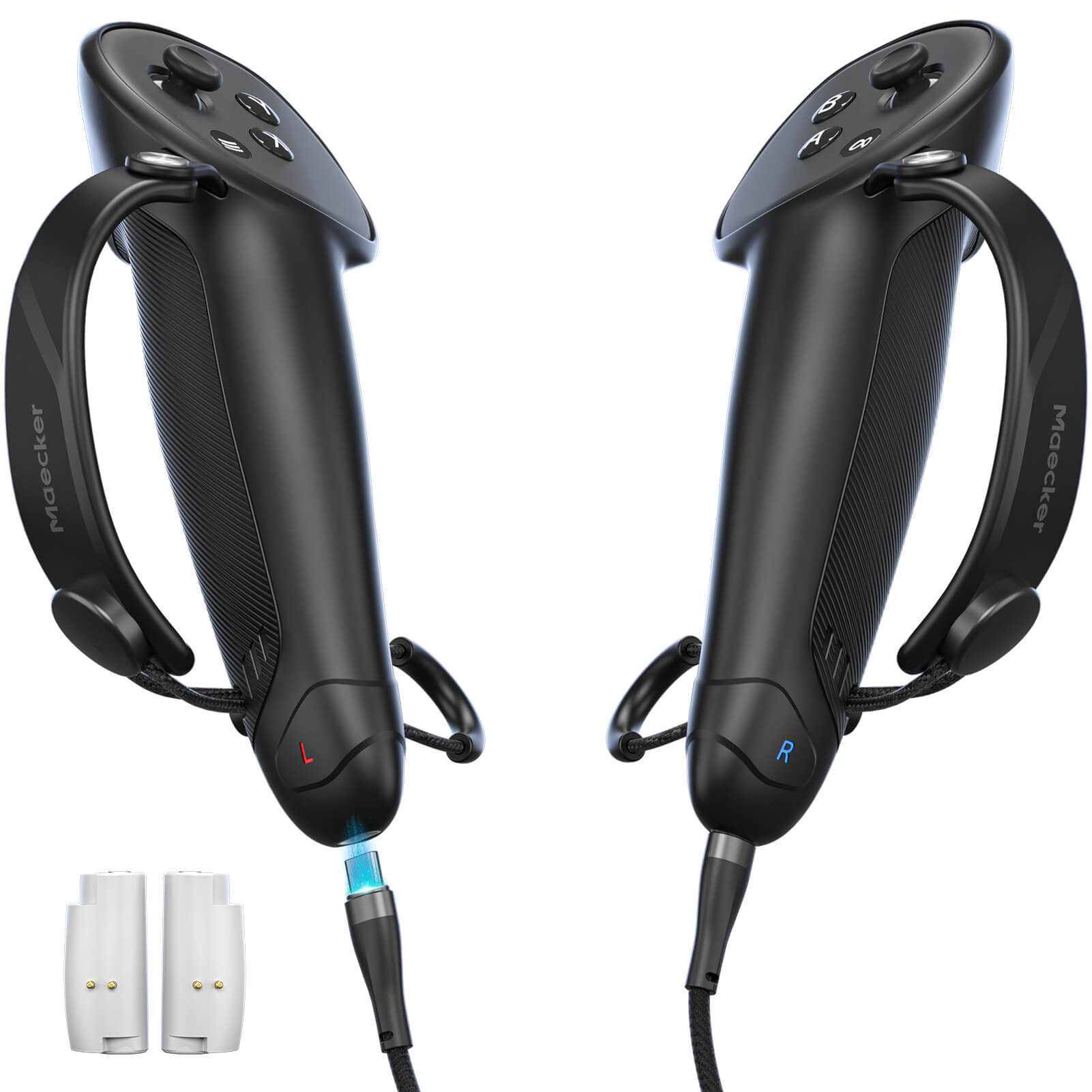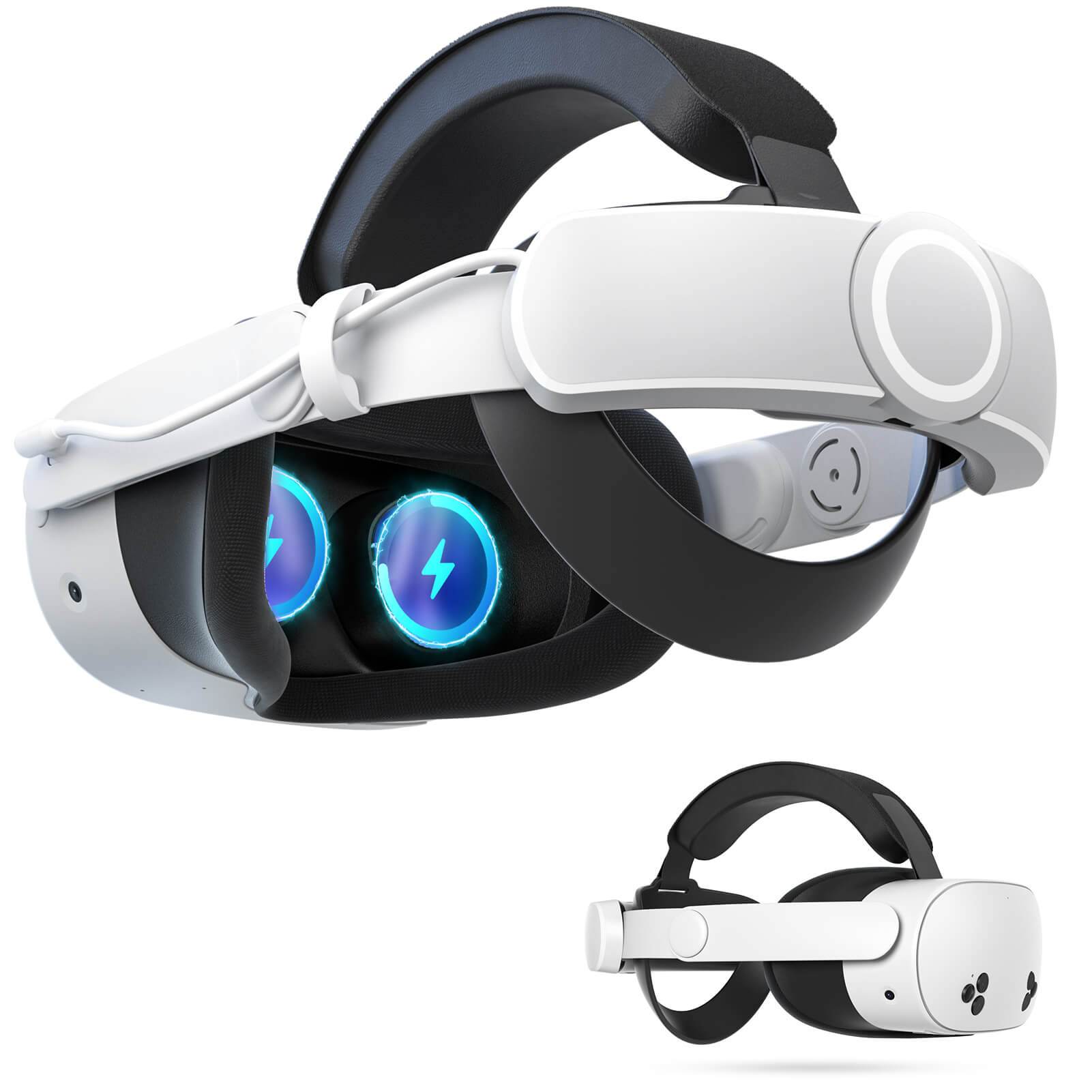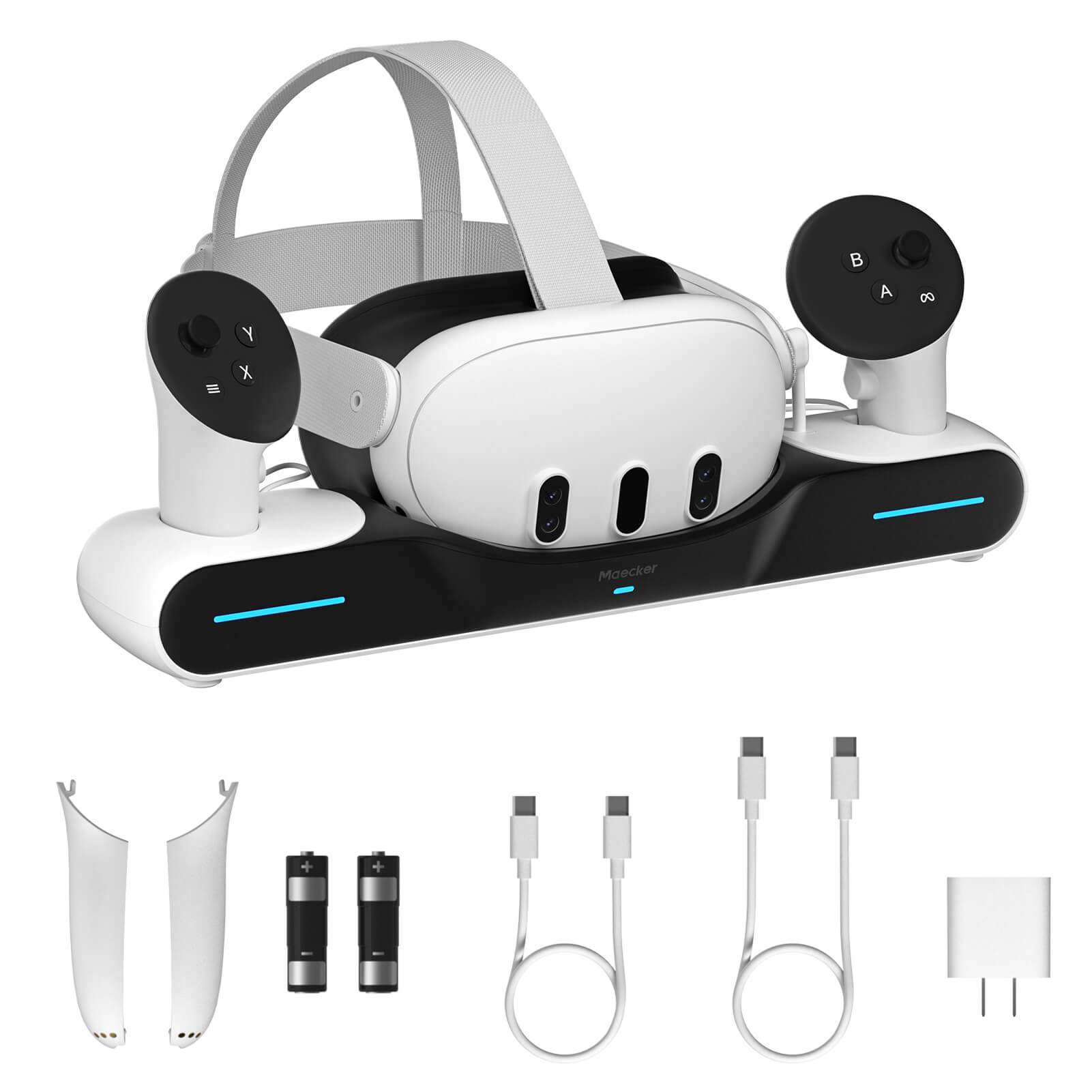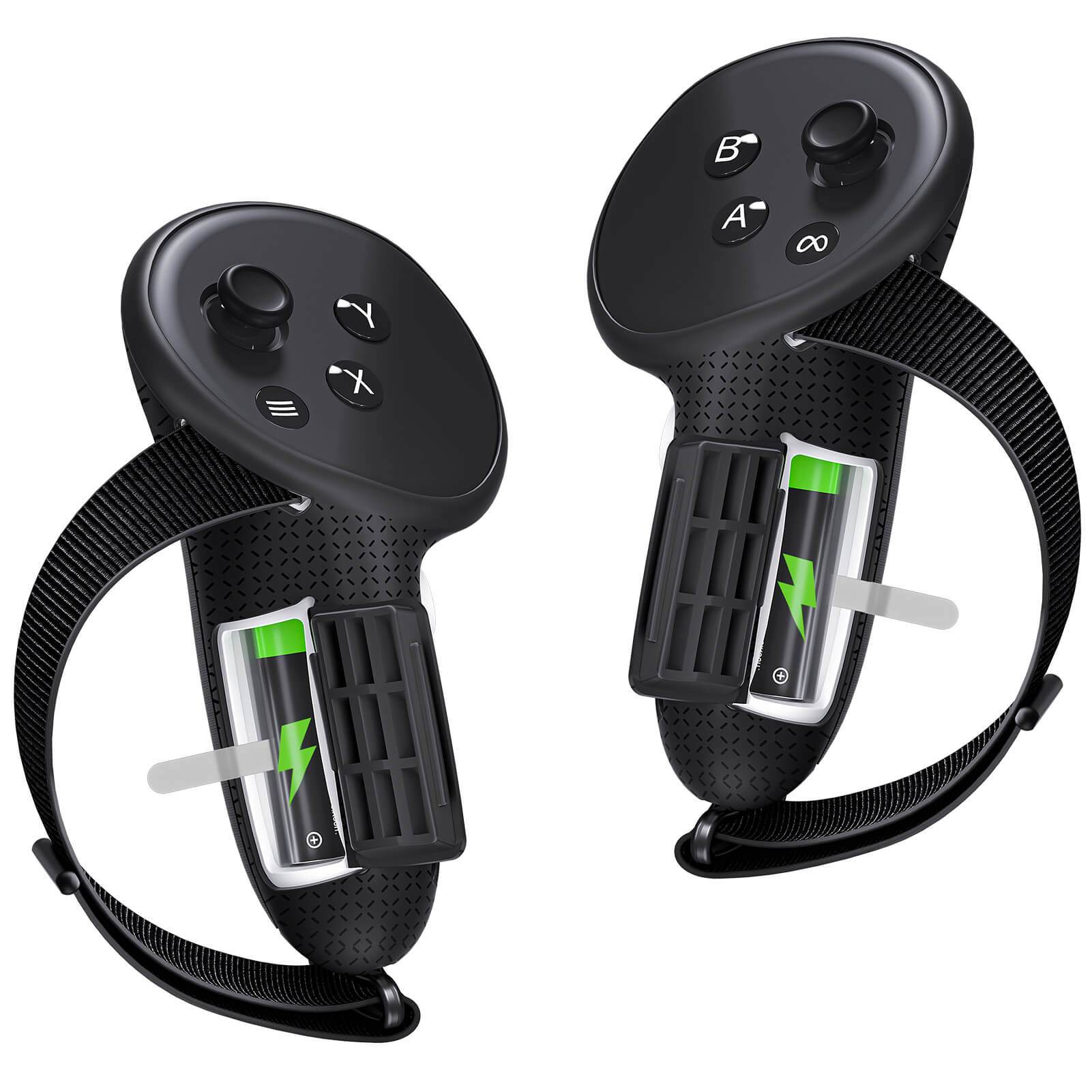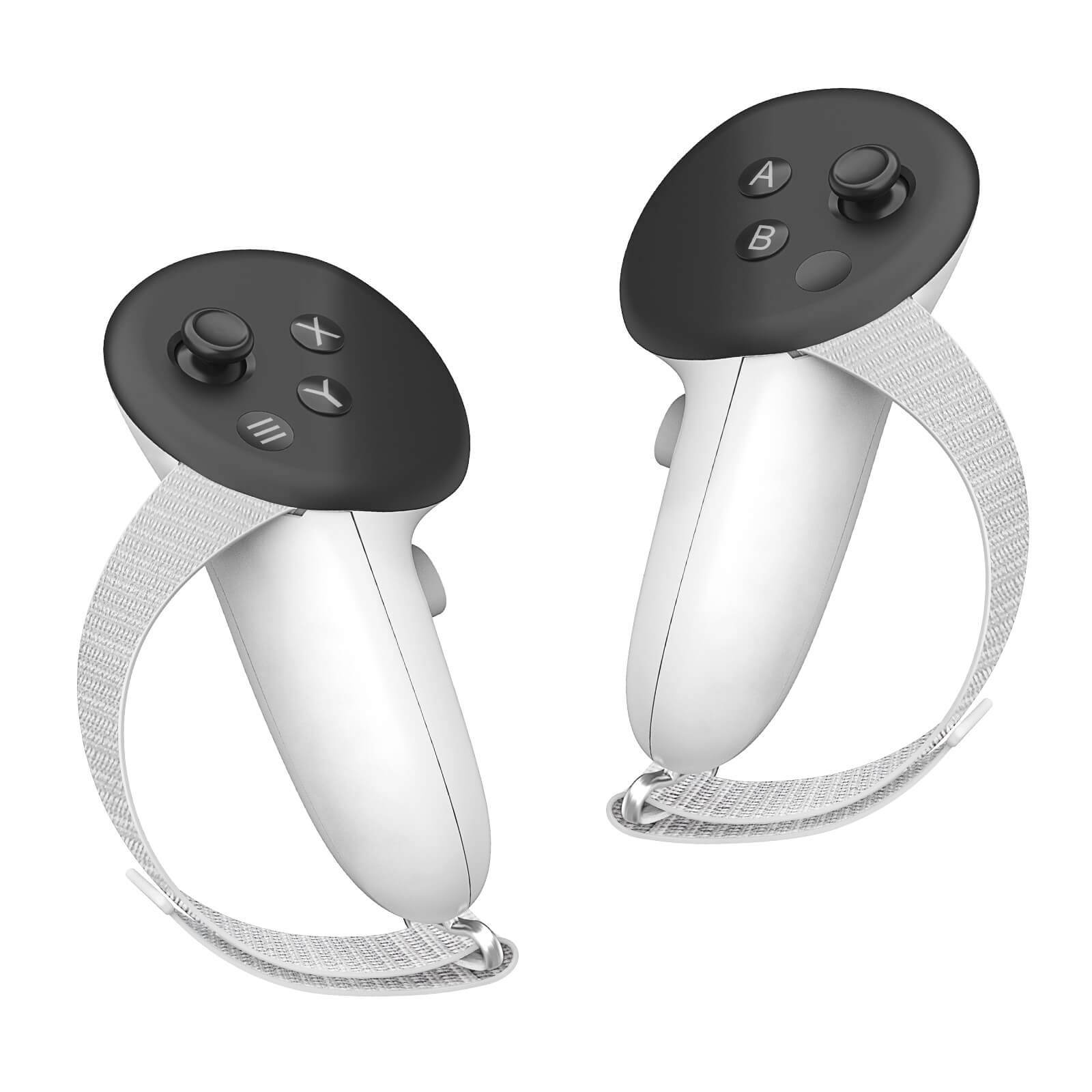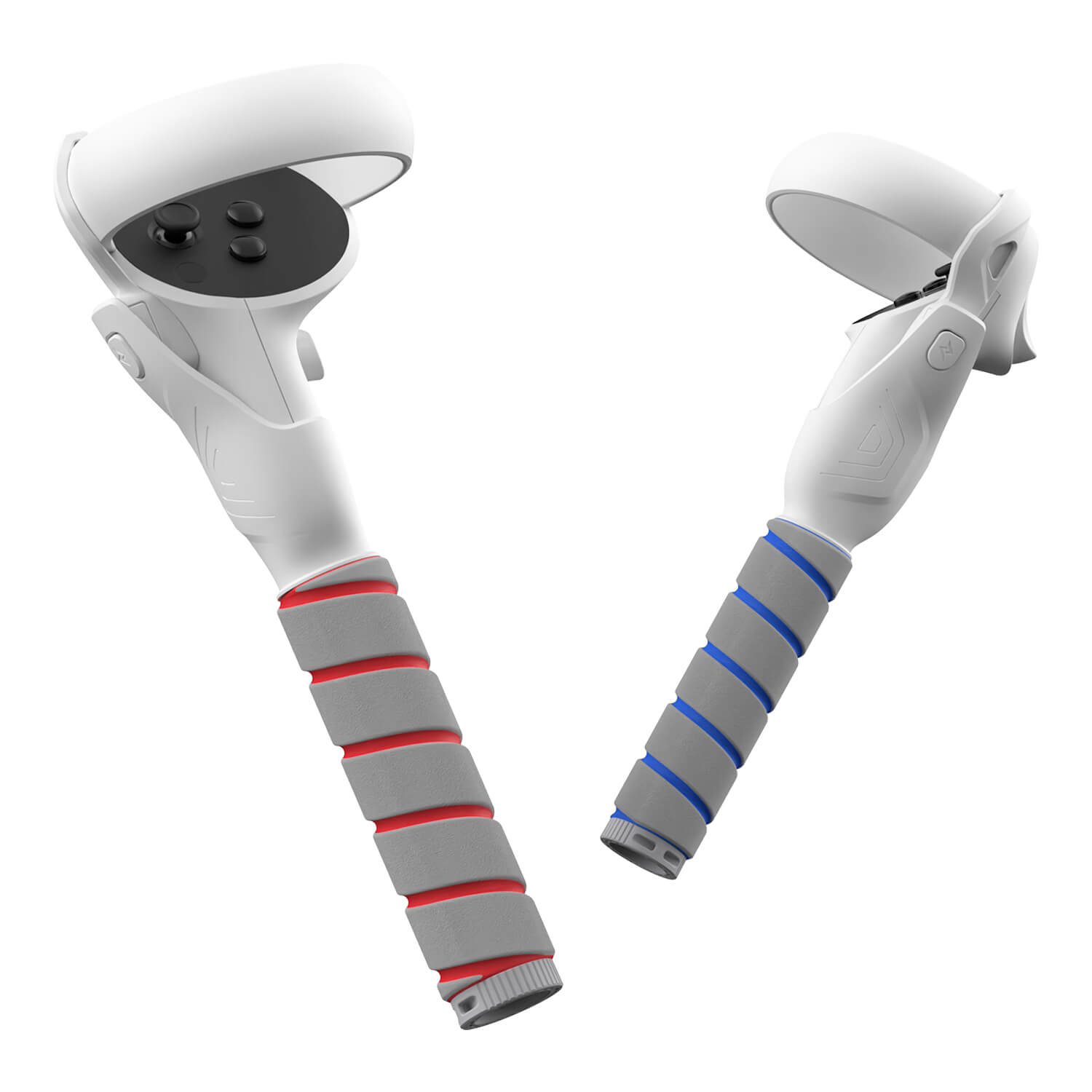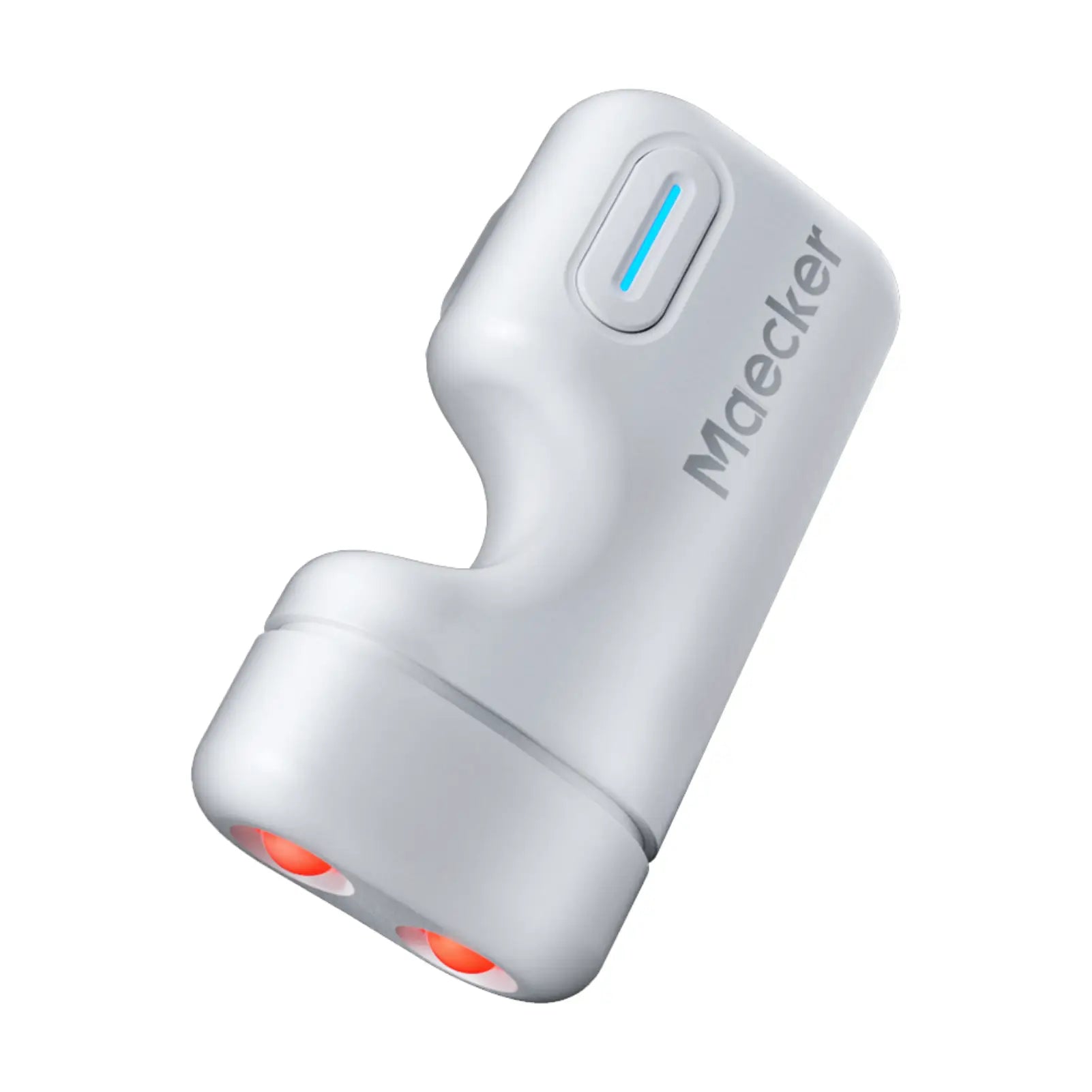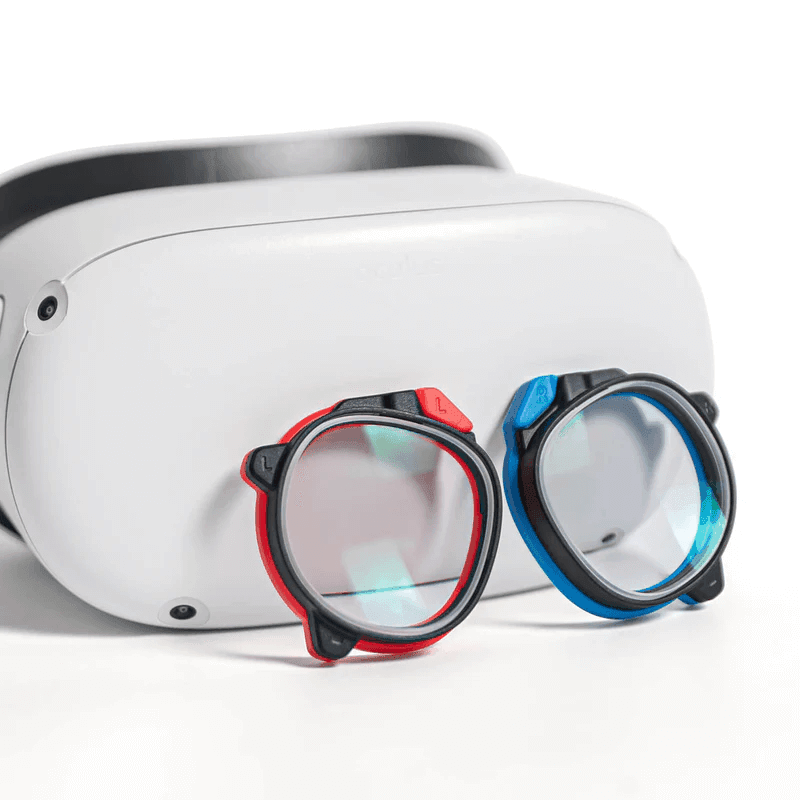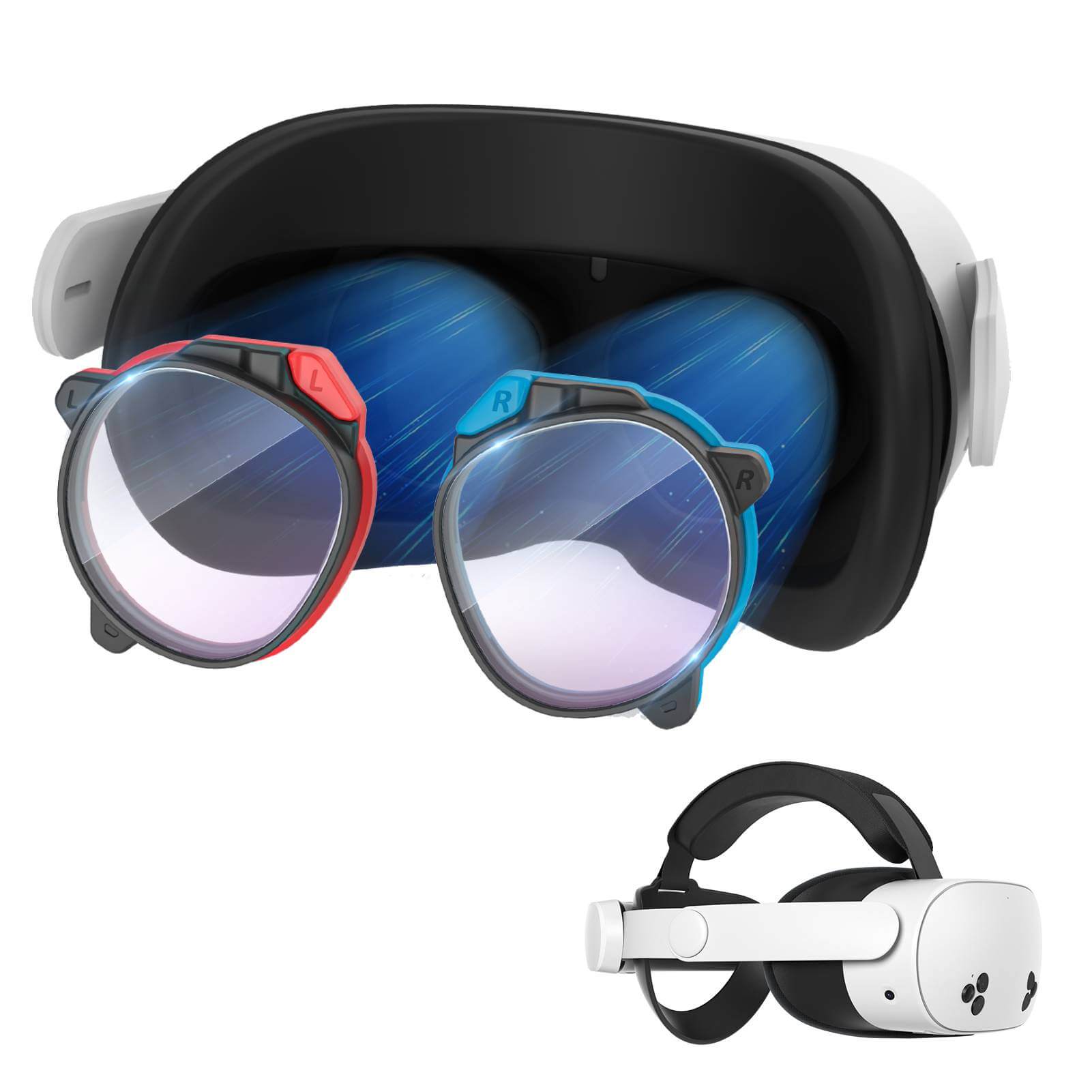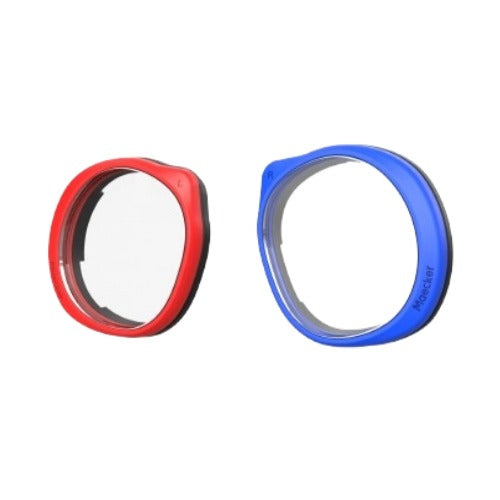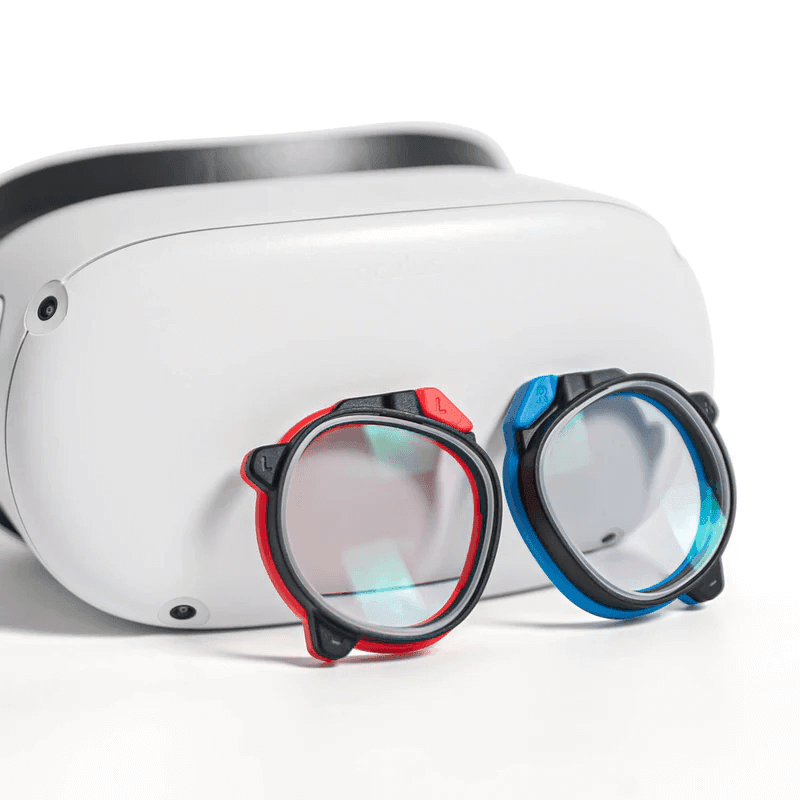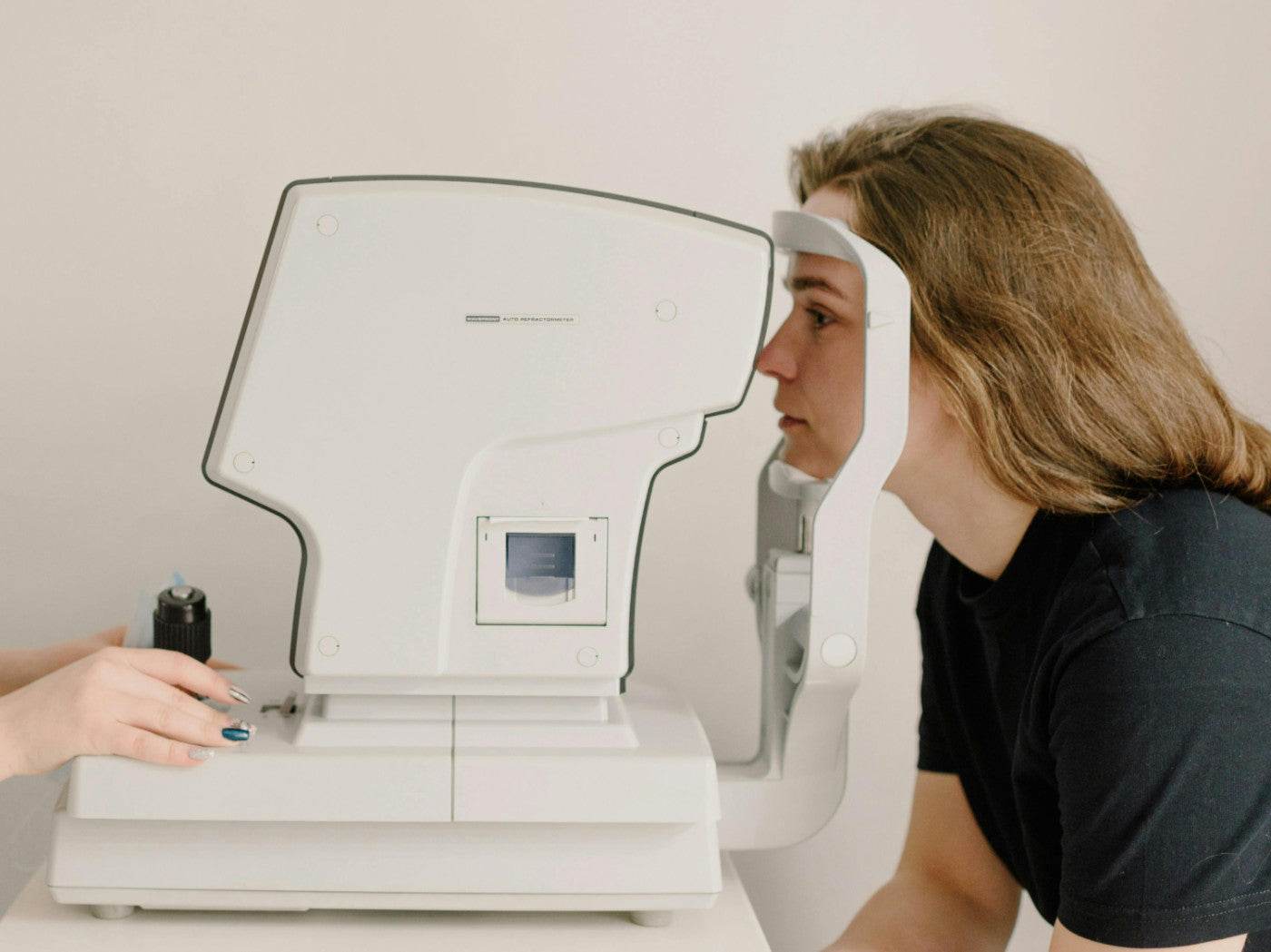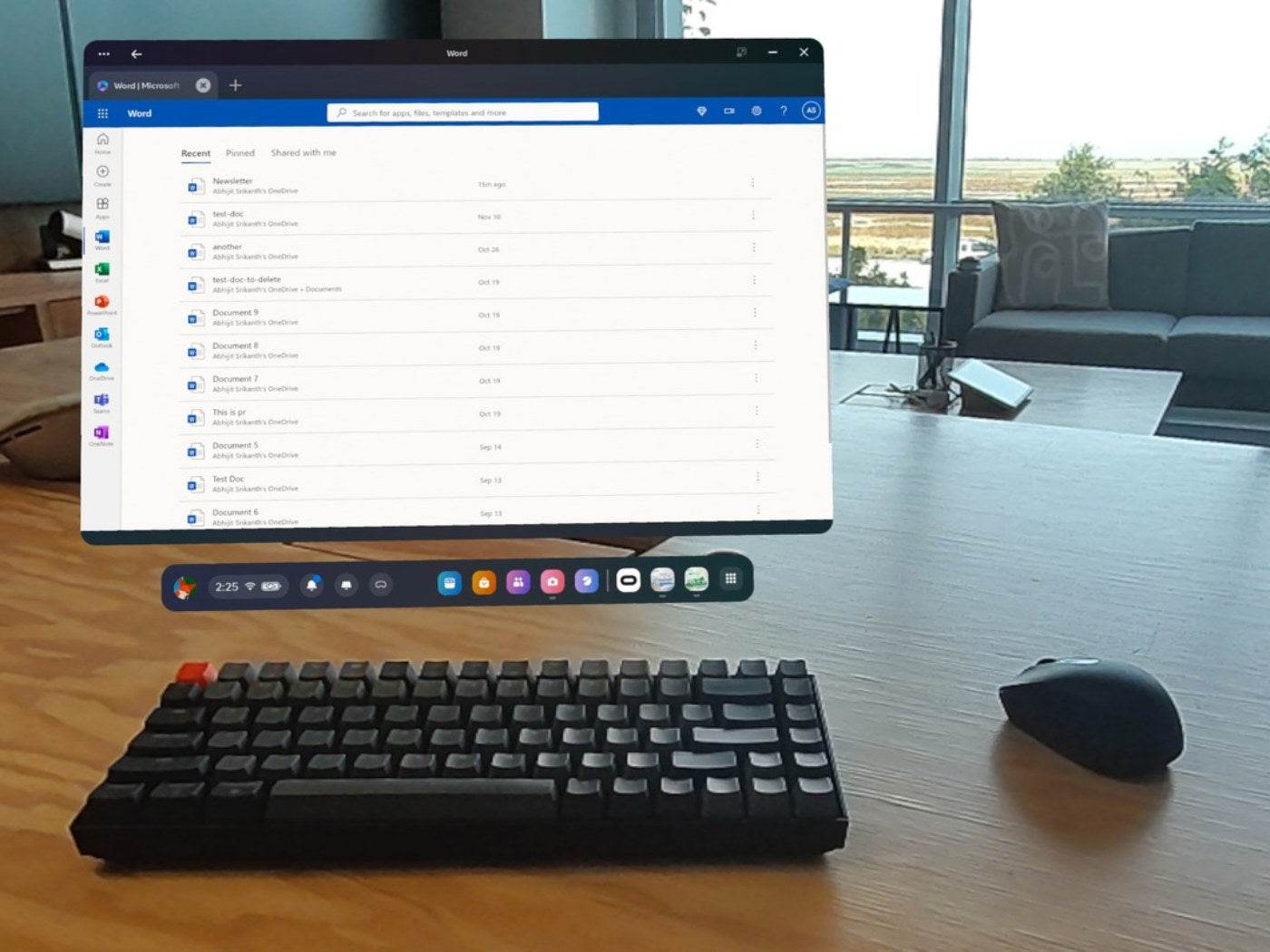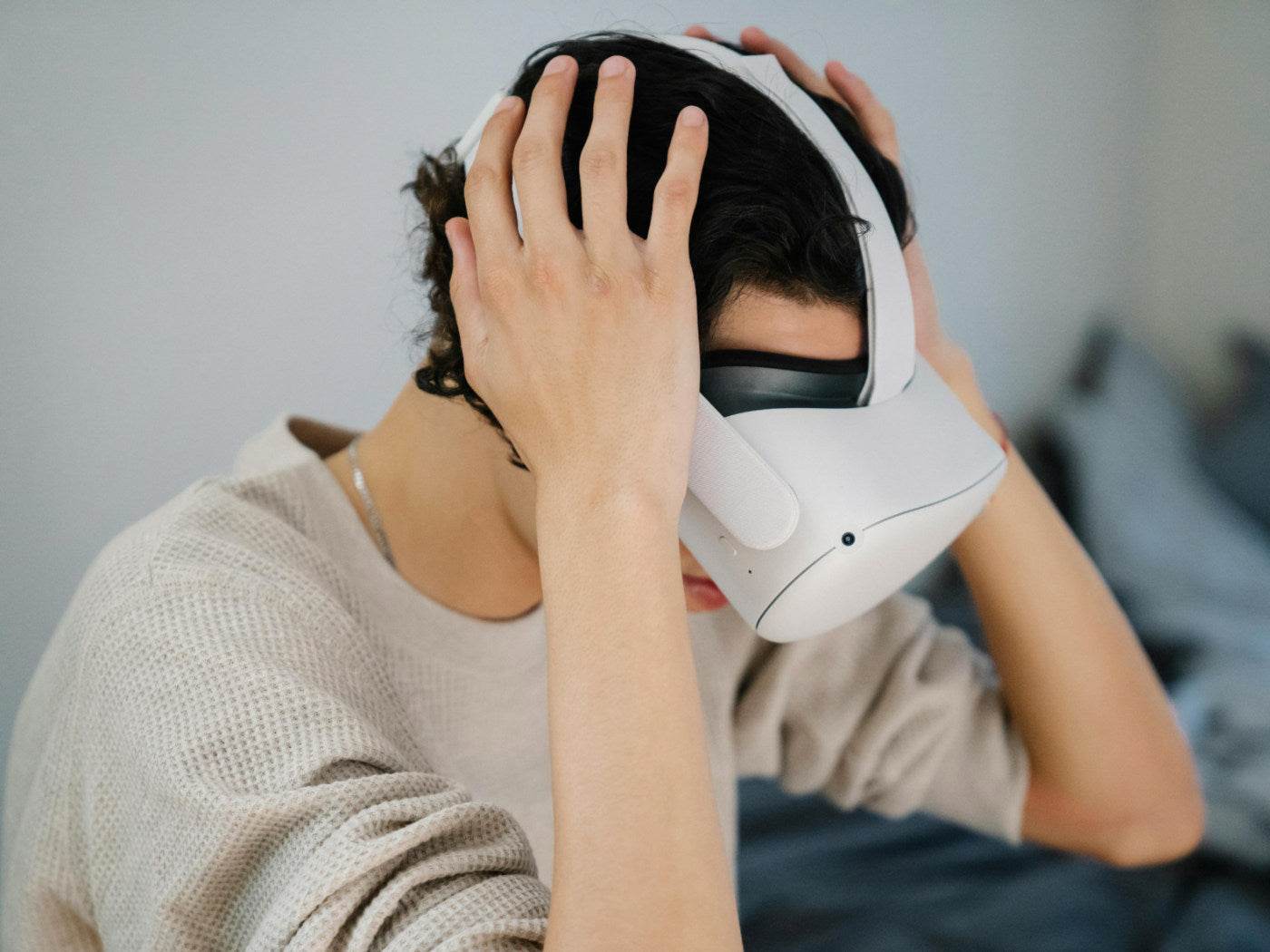When using a VR headset, one of the most crucial factors for a comfortable and immersive experience is the interpupillary distance or IPD. While it may sound like a technical term, IPD plays a significant role in how you perceive the virtual world.
What Is IPD?

IPD stands for Interpupillary Distance, which is simply the distance between the centers of your two eyes. This measurement varies from person to person and it affects how your eyes focus on objects in both the real and virtual world. The average IPD for adults is around 63mm but it can range from 55mm to 70mm or more.
In VR headsets, IPD is important because the lenses inside the headset need to align correctly with your eyes to create a clear, focused image. If your headset’s lenses aren’t aligned properly with your IPD, the image can appear blurry or distorted, causing discomfort and even eye strain.
How Does IPD Affect Your VR Experience?
1. Visual Clarity And Focus
IPD directly impacts how clearly you see in VR. The lenses inside the headset are designed to give you the best visual quality when they are positioned correctly in front of your eyes.
If your headset is set to an IPD that doesn’t match your eyes, the virtual image may look blurry or slightly off-center. In turn, this can make it difficult to read text or focus on objects in the virtual environment.
2. Eye Comfort
One of the common issues people face when using a VR headset with the wrong IPD setting is eye strain. If the lenses are not aligned properly with your eyes, your brain and eyes will work harder to adjust the image, which can lead to headaches and discomfort.
Prolonged use under these conditions could result in increased eye fatigue, making it harder to enjoy longer VR sessions.
3. Immersion
Getting your IPD setting right can make a big difference in how immersive the VR experience feels. A properly adjusted IPD allows you to perceive depth more naturally in virtual environments, giving you a better sense of scale and spatial awareness.
When the IPD is off, objects may appear to be closer or farther away than they really are, which can break the immersion and make the experience less enjoyable.
How To Measure Your IPD
There are several ways to measure your IPD, whether you want to get an accurate number for buying glasses or for adjusting a VR headset. Here are the common methods:
1. Visit An Eye Doctor
The most accurate way to determine your IPD is by visiting an eye doctor. During an eye exam, the doctor will measure your IPD as part of the process. This is especially useful if you want a precise measurement for both VR use and glasses.
2. Use A Mirror And Ruler
If you don’t have immediate access to an eye doctor, you can measure your IPD at home using a mirror and a millimeter ruler. To do this:
- Stand in front of a mirror.
- Hold the ruler above your nose, ensuring the millimeter side is facing forward.
- Close one eye and line up the "0" on the ruler with the center of your open pupil.
- Now, close the other eye and measure the distance to the center of the other pupil.
This method is simple and provides a decent approximation of your IPD for VR headset adjustments.
3. Use An Online Tool Or App
Many apps and websites now offer tools to measure IPD using your smartphone camera. These tools typically ask you to hold a standard card, like a credit card, near your face to help with scaling, and then the app measures the distance between your pupils.
Some apps designed specifically for VR headsets can also give you an accurate reading by using your phone’s camera.
How To Adjust IPD On A VR Headset
Most modern VR headsets allow you to adjust the IPD to better match your eyes. Here’s how to adjust the settings on some popular VR headsets:
1. Meta Quest 2
The Meta Quest 2 offers three preset IPD options: 58mm, 63mm, and 68mm. To adjust the IPD, simply move the lenses manually to one of these three settings that best fits your eyes. For many users, one of these options will provide a comfortable and clear view.
2. Valve Index
The Valve Index headset offers more precise IPD adjustments with a slider located on the bottom of the headset. You can manually slide the lenses closer together or farther apart to match your IPD, with the actual measurement displayed inside the headset. This allows for more customization and ensures a sharper view.
3. PlayStation VR2
The PlayStation VR2 headset uses software to adjust IPD settings. When setting up the headset, it will prompt you to adjust the lenses based on your measurements. This feature helps the headset automatically optimize the lens alignment for your eyes.
Recommended VR Prescription Lenses
Conclusion
IPD is a vital part of your VR setup, impacting everything from image clarity to comfort. Whether you’re a casual gamer or using VR for more professional purposes, understanding your IPD and adjusting your headset accordingly will ensure you get the best possible experience.

